A Powerful, Accessible History Lesson
Medals, badges, uniforms, sharp weaponry – all of these may be more popular in the world of militaria, but there is a lot to be said in favour of collecting war-time posters.
Though authentic vintage war posters can be affordable, because they were printed in large quantities, people usually collect reprints.
Why was the use of poster so wide-spread in the times of war? Well, as we all know, a picture is worth a thousand words. In the time before the all-pervasive television, it was upon the posters to show-and-tell in dire times: to justify going to war, rally mass support and inform the public. Both in World War One and in the World War Two, posters did their assigned propaganda work admirably well.
To be effective, posters have to be simple, to convey the message in a clear, direct and striking manner. The best of them managed to combine this simplicity with enormous emotional impact. Such posters remain powerful even today.
Take a look, for example, at the British WW1 poster which makes a grim comparison between Red Cross and Iron Cross and at the blood-curdling WW2 American poster about the Nazi massacre of all men in the Czech village of Lidice in 1942.
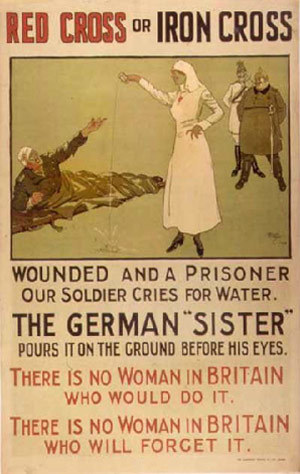
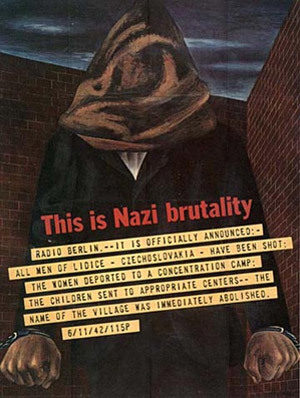
Informing about the atrocities of the enemy and vilifying the enemy is an important part of any war propaganda, and war posters took care to bring home the message. The American WW2 poster recalls the perfidious Japanese attack on Pearl Harbour, while the Russian poster from the same era reminds the public that the Nazis broke the USSR-German non-aggression treaty and calls on the soldiers to "unspearingly smash and destroy the devil" represented by a caricature of Hitler.
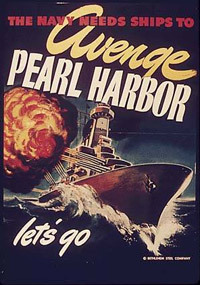
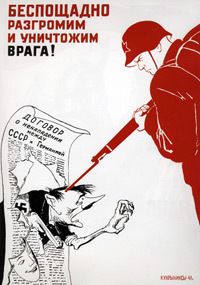
Arguably, the most important aim of war posters in both world wars was to instil patriotism and to recruit soldiers. The most famous of these posters, the “uncle Sam wants you” one, usually associated with WW2, was actually first printed for WW1 and then re-printed, with some changes in design, several decades later.
South Africa participated in both world wars on the side of the Allies. During WW2, South African government spared no efforts to convince South African men of the need to enlist for the fight against Nazism, printing an unprecedented number of posters and putting them up all across the country. About 400 of these posters are preserved in the South African Museum of Military History.

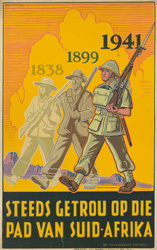

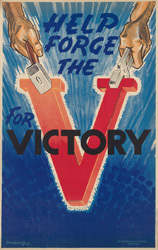
Here are several other effective “enlist now” WW2 posters from Britain, Australia, Canada and USSR:
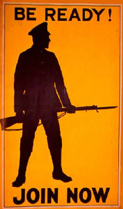
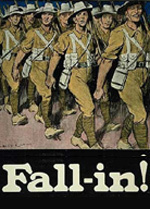
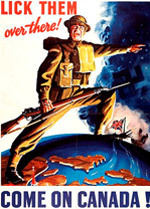
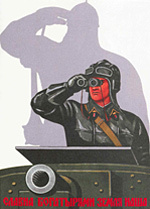
Naturally, war-time poster propaganda did not shy from enticing, spurring, or shaming men into enlisting.
One British WW1 poster subtly plays on embarrassing the (future) fathers of the family who have not enlisted yet. “The motherland is calling!” says the benevolent, but stern mother-figure in a WW2 USSR poster.
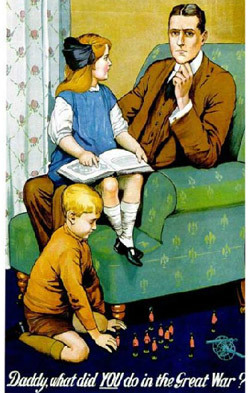

“Thank you”, says the lady on the WW1 French poster as she chastely kisses the soldier's cheek. “Save us”, plead the petrified mother and child in the Russian WW2 poster. The Irish lady is taking her man on a straightforward guilt-trip, while the Australian beauty hands her man the military hat without blinking an eyelid, expecting him to do his duty as a matter of course:
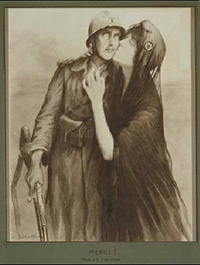
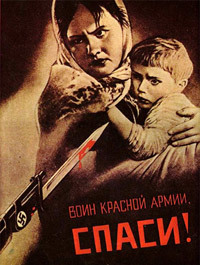
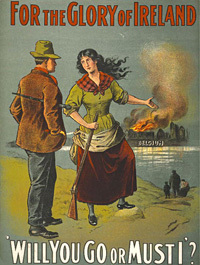

Besides featuring in posters to spur on the men and remind them what they were fighting for, women were also the main recipients of some message, especially during WW2. They were called to either enlist in various fields associated with the war effort, or to enter the workplace and replace the men who were fighting. Along with the famous American WW2 "Rosie" poster, here is a selection of Russian, British, and American posters from both world wars:

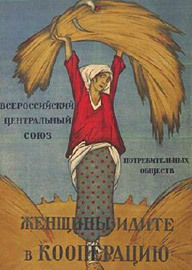
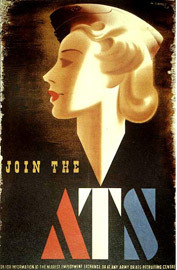
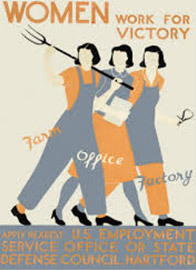
Many war-time posters called on people to be thrifty and to increase production:
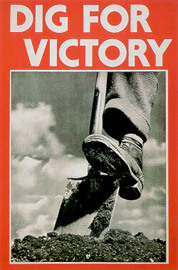
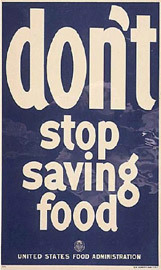
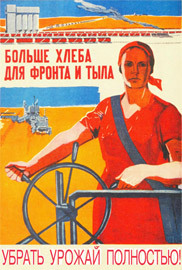
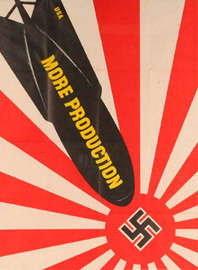
People were cautioned to be wary, like in these British and American posters:
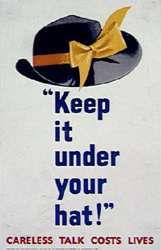

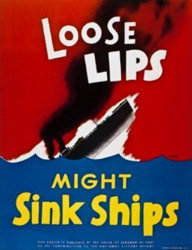
Posters were used with great success to prompt the public to subscribe to the war bonds:

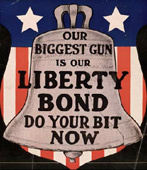
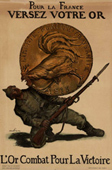
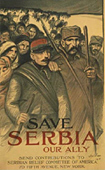
People were urged to be confident in the final victory and to persevere.“One more effort, and we are there”, says the French poster, while the Russian one declares: ”Death to fascism”. The serious, intent look of Winston Churchil says it all: the victory is up to you.
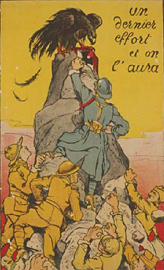
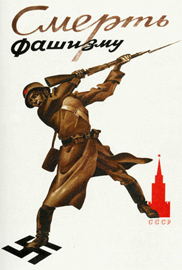
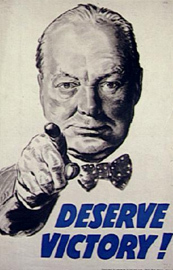
Wheter you opt to collect originals or reproductions, war posters go far beyond their original propaganda intent.
To everyone who looks at them today, they are a fascinating, engaging and easy-to-understand lesson in history.